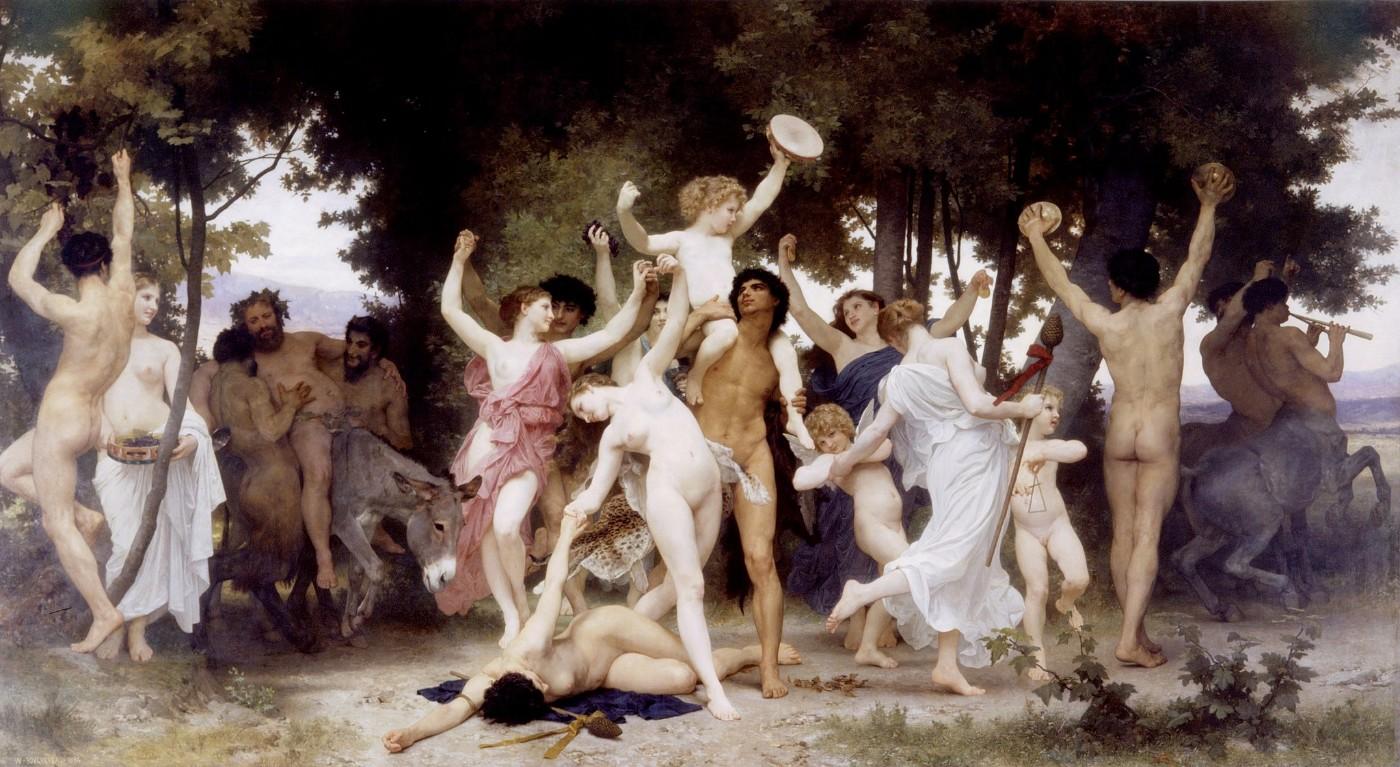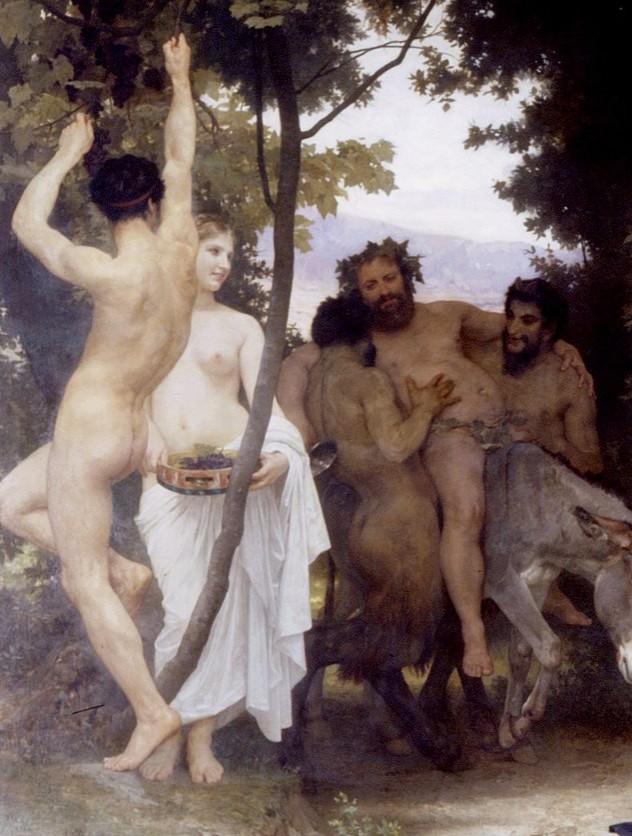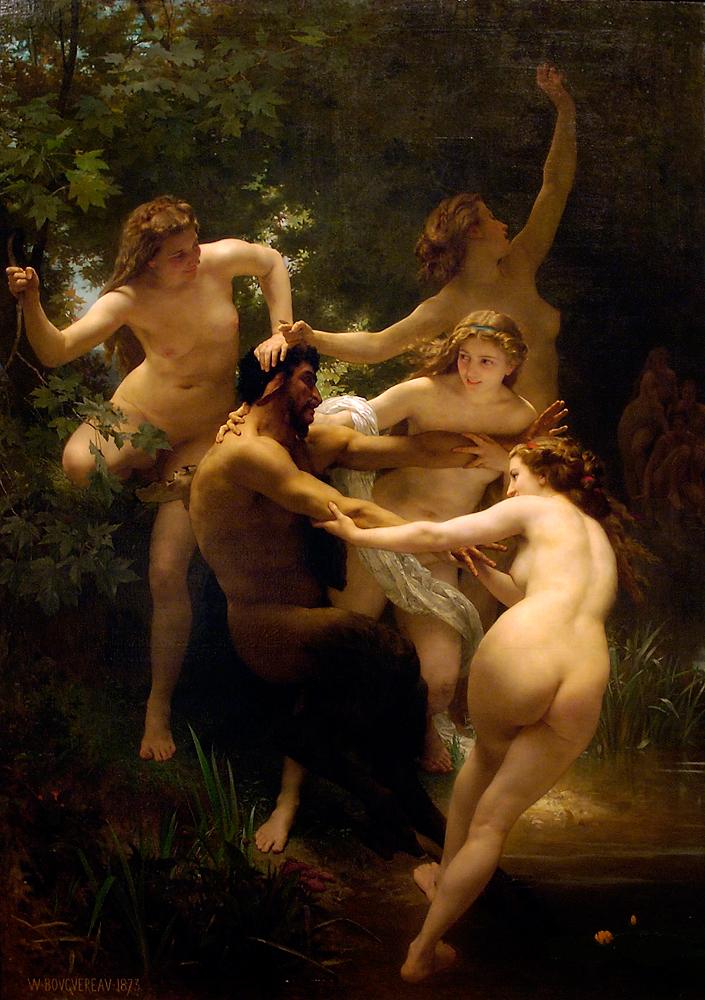On offer this spring by the direct descendants of the artist, La Jeunesse de Bacchus will carry an estimate of $25/35 million in the Impressionist & Modern Art Evening Sale. Its appearance in this sale marks the first time that a work by Bouguereau will be offered in Sotheby's marquee evening auctions.
The work will be on be view alongside Sotheby’s Asia Week exhibitions from 14 March - 24 March, and again for Sotheby’s Impressionist & Modern Art exhibitions beginning 3 May in the newly expanded and reimagined New York galleries.
Benjamin Doller, Chairman of Sotheby’s Americas, said: “I remember so clearly when I first saw La Jeunesse de Bacchus, at The Wadsworth Atheneum in 1985 that I was struck by the by the size of this great painting, but I was so enamored with the life-like quality of the figures. Technically brilliant, each figure seemed to have its own unique personality. Seeing the painting in Bouguereau's studio, hanging on the very wall where he painted it was an emotional experience for me. I was attracted once again by the magnetic presence of the central group of dancing figures. Indeed, for a few seconds, I felt they were dancing “in front” of the picture, as if the painting were three-dimensional. When you see the true majestic scale and technical brilliance of this masterpiece, you realize this is one of the greatest pictures painted in the 19th century. Its appearance on the market, something I would have only dreamed of back in 1985, will present a truly singular opportunity to acquire a work that is the last and greatest of its kind.”
Pascale Pavageau, Head of Sotheby’s 19th Century Paintings & Drawings Department, Paris, commented: “The unveiling of this icon invites a dynamic opportunity to consider the past, present and future of this composition–inspired by Classical myth and almost mythical itself. A tour de force of line and color on the grandest scale, every element compels immediate appreciation and close examination. Encapsulating all the brilliant painterly defiance that characterizes Bouguereau’s work, La Jeunesse de Bacchus is the most important painting by the artist ever to come to auction.”




























